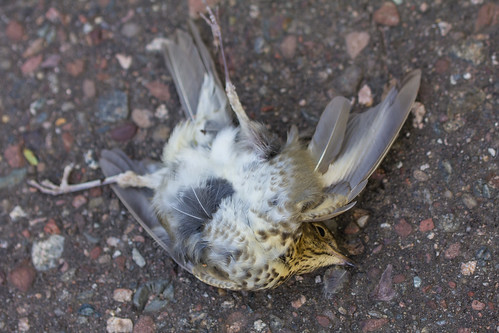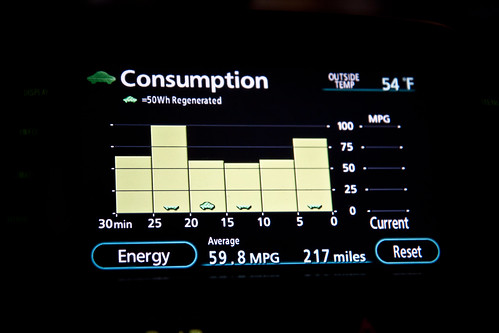In my book, 101 Ways
to Help Birds, one of the more important suggestions is #60, “Drive at the
slowest speed that is safe, courteous, and convenient.” This saves birds in
many ways. The slower our speed, the more quickly and safely we can react to
wildlife in the road, avoiding many collisions. In 2010, I started a blog, "Who Pays for Our Driving Habits? Birds Pay," that includes information and heartbreaking photos.
My daughter and her partner Michael
took a bicycle trip from San Diego to the Florida coast in 2008, and stopped to
document every single vertebrate animal they saw dead along the way. They put their findings on Michael's webpage, Roadkill Across America.
On the data page, they note that
they recorded 1,338 dead vertebrates over 2,846 miles, or 0.47 animals per mile, and explain how they conclude that if
their route was fairly typical, well over 500,000 vertebrates may be killed every day
on U.S. roads.
Anyone driving anywhere in Duluth during this season’s
heartbreaking migration fall-out, when cars have been massacring warblers
everywhere, knows the huge toll autos make under these unique circumstances. I
almost hit a Yellow-rumped Warbler on Big Pete Road in Port Wing yesterday, when I was
going only 5 miles per hour. The poor little guy had managed to catch a huge
insect larva—at least 3 inches long—and was struggling to subdue it right there where he found it, in the
road. Food is such a critical resource right now—an item like that larva could
mean the difference between life and death—that the warbler could not risk
letting it go. Fortunately, I could see what was happening and stopped and
waited. Within 30 seconds or so, the warbler had downed a nutritious and filling meal and we both went on with our day.
Most of the time we humans have other things on our minds. If I hadn’t
known what was happening, this could have ended differently.
Driving more slowly not only prevents collisions--it also helps birds in less obvious ways. Roadkill
subsidizes crows and other scavengers. I saw dozens of dead birds along Highway 13 on the drive, along with at least a dozen crows and two ravens patrolling the highway for fresh morsels and two crows on the side of the road ripping apart dead warblers. I love crows—they’re intelligent,
devoted to their families and neighbors, and overall about as humanlike as a
bird could be. Henry Ward Beecher reportedly wrote of them, “If men had wings
and bore black feathers, few of them would be clever enough to be crows.” But it’s possible to have too much of a good
thing. By providing such abundant free meals along our highways, we maintain the crow population at
levels that aren’t good for other birds. During spring and summer, crows raid
the nests of other species to feed fresh eggs and nestlings to their own chicks. The more crows there are, the more dangerous this becomes for small songbird populations.
Feeding on roadkill can also lead to collision deaths of some
scavengers, especially Bald Eagles, which are awkward when taking off, especially when frightened by a loud car or truck.
By driving more slowly, our gas efficiency rises, too, which helps birds. The
less gas we use, the less we contribute to the many ways extracting,
transporting, and refining oil kills birds. All in all, driving at the slowest
speed that is safe, courteous, and convenient is not just good for birds—it's good for everyone.

